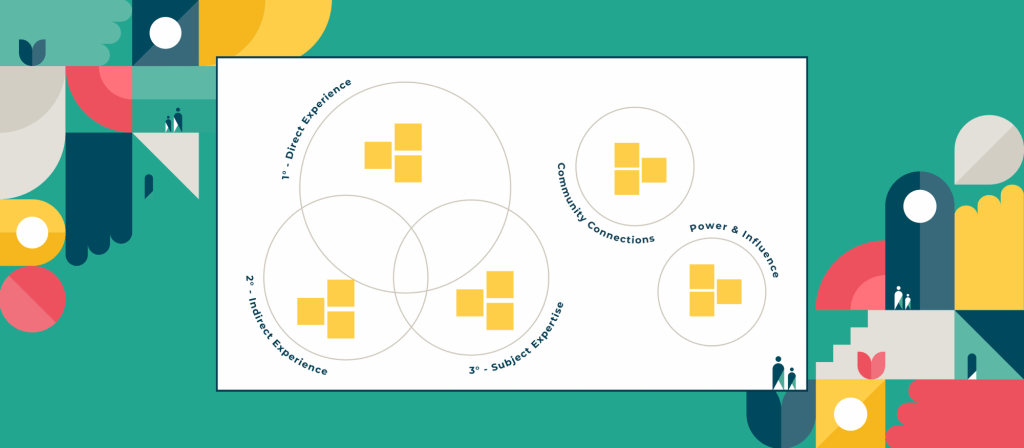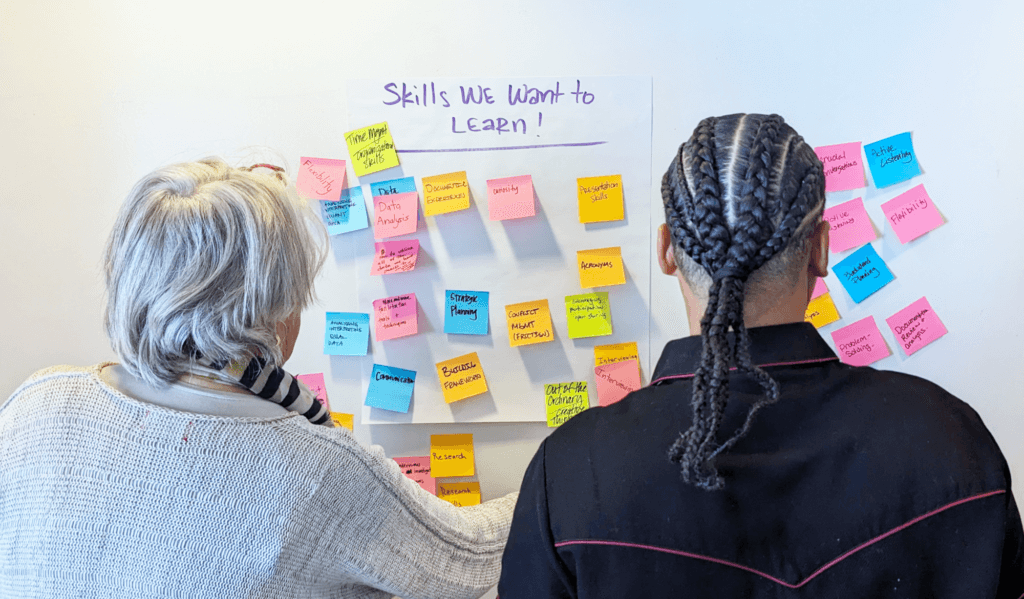Tool Case Study: Journey Mapping to Increase a Sense of Belonging
Empowering customers and staff by focusing on customer needs (by Boglárka Kiss)
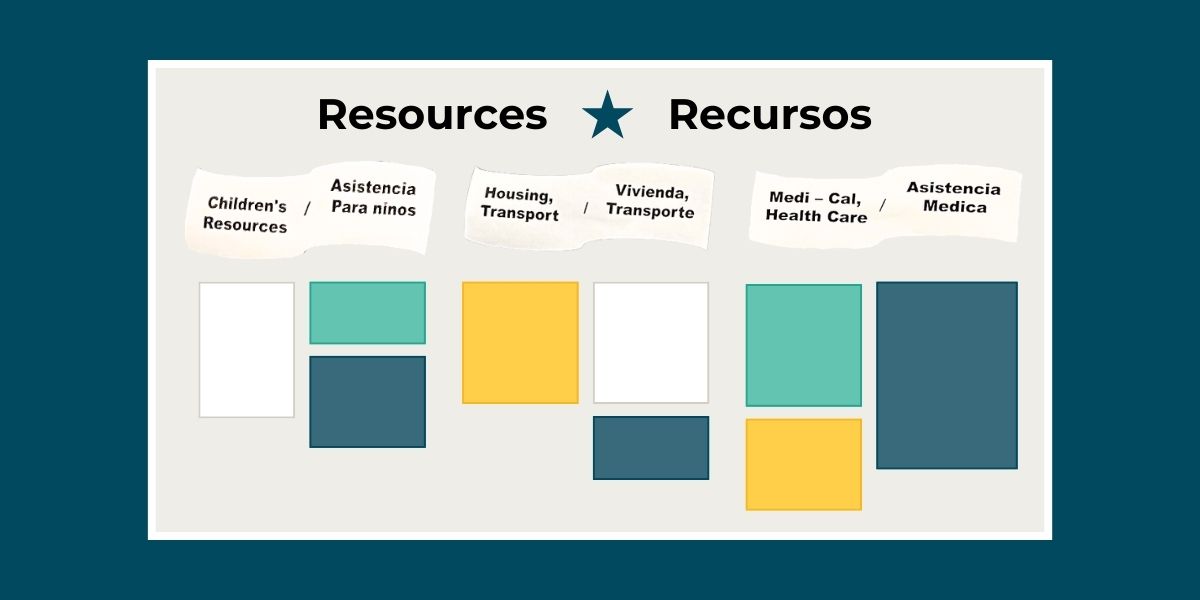
The CivicMakers Team led the inaugural Workforce Transformation Corps cohort, in partnership with Make Fast Studio, Jobs for the Future, California Workforce Association, Turning Basin Labs, and the James Irvine Foundation. This year-long learning and engagement program placed fellows in workforce development boards throughout the state of California to integrate human-centered design and equity-centered approaches into their organizations and their work with communities.
Boglárka Kiss was one of five Fellows in the Workforce Transformation Corps (WTC). She worked closely with the Workforce Development Board of Ventura County.
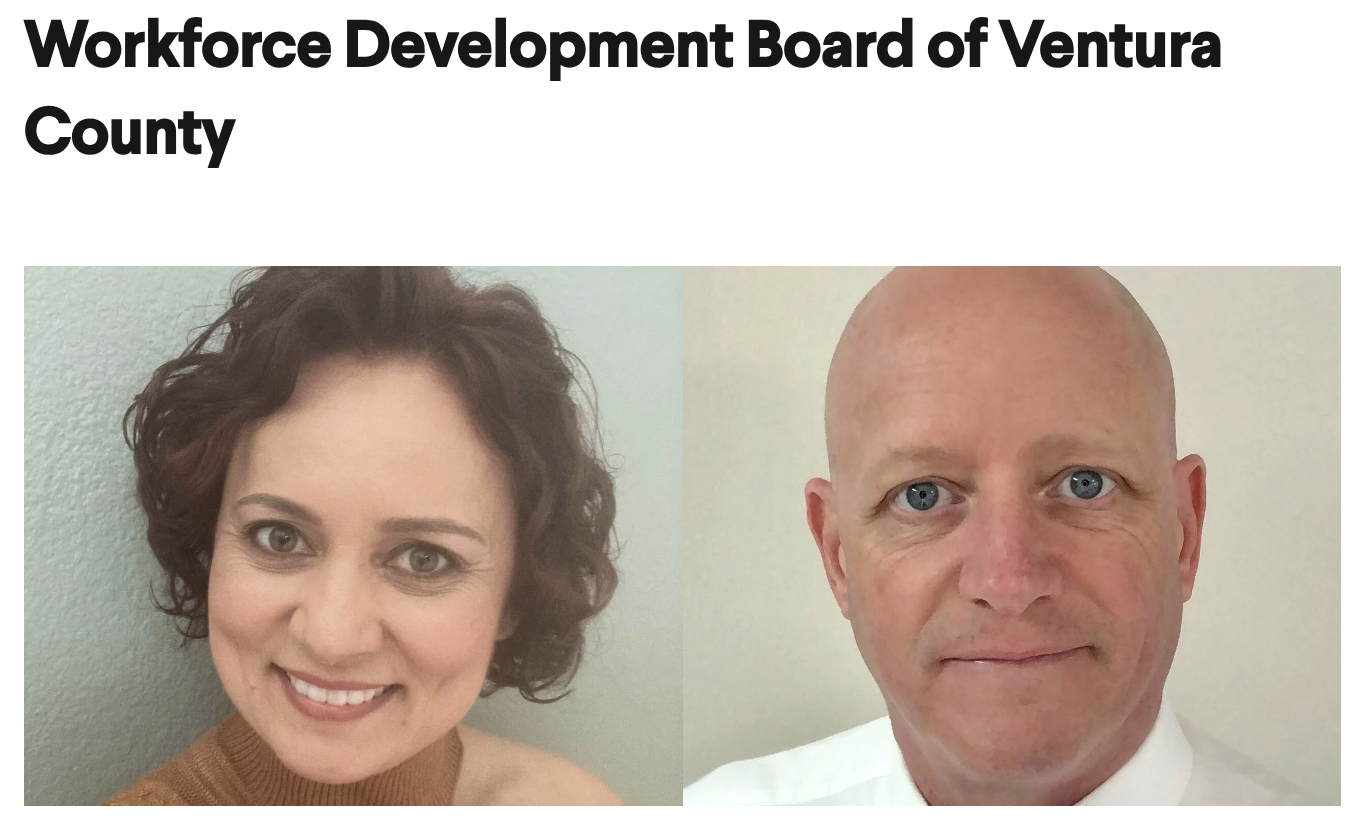
Tool Application
How do customers experience our services? Mapping the customer journey in order to unlock unique paths and key moments.
As part of my early learnings about the workforce system, I visited the lobby of the local job center. I had never been to such a center before, and I was curious to observe the space and the people. For customers, engaging with services is an experience, and first impressions are often crucial: Even without human interaction, a space can make people feel welcome, and signals that they are in the right place.
The center was very busy. Customers were standing in line, talking with staff, and working on computers. Some were even chatting with a very friendly security guard! A few customers were sitting on couches or wandering around the lobby. I was most curious about these customers–they seemed to be new to the center, unsure about where to begin.
I also noticed a large bulletin board with lots of posters in English and Spanish. The headings read, “Human Services Agency” and “EDD.” At the time, I had no idea what these meant and I wondered whether the bulletin board was intended for customers. As I was reading the posters, I realized they were describing the services offered by these agencies, encouraging people to apply for them.
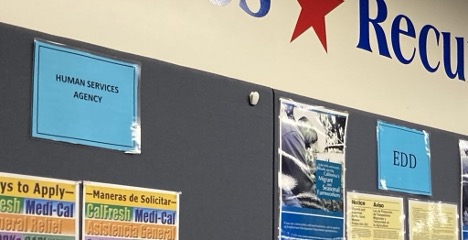
I began to wonder whether there might be a way to have the bulletin board make new customers feel welcome, centering their needs instead of centering which agency offered which service. This led me to the Journey Map tool, and focused conversations with the center’s staff. Together, we set out to co-design a bulletin board that could create a strong sense of belonging for new customers, signaling to them that they were in the right place, even without immediate interaction with staff.
Going through this process resulted in customers as well as staff feeling seen–by acknowledging customer needs and staff expertise.
The Process
1. Bring together staff who have daily interaction with customers and encourage them to “put themselves in customers’ shoes.” Have them interact with signage and information in the lobby as if they were a customer visiting the center for the first time. In other words, invite staff to imagine the first steps of a customer’s journey.
2. Continue to focus on the early part of customers’ journey and ask staff for their insights about what services customers seek most and least often, and which services may reinforce one another. With their lead, identify emerging themes and create categories that speak to what customers seek regardless which agency (Human Services, Employment Development Department, etc.) provides them.
3. Rearrange posters accordingly, iterating both the sorting and the categories. Encourage participants to continue to generate and refine ideas, such as creating bilingual categories to match the bilingual posters.
4. Address questions about compliance (i.e., posters that must be visible) to ensure that the reimagined bulletin board is implemented.
5. Observe if there is a change in how customers interact with the board and its posters after the reorganization.
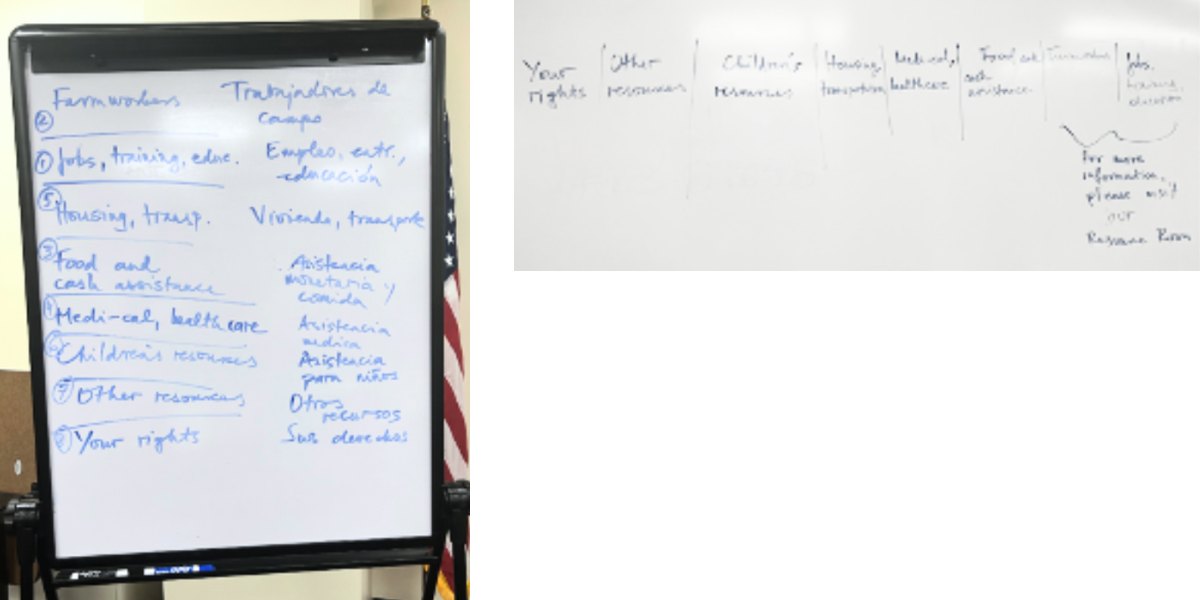
Recommendations
- Choose with intention whom to engage. In the above case study, I opted to work with staff, a “proxy” for new customers. Staff are intimately familiar with the immediate needs of customers and working with them not only alleviated possible pressure on new customers, but it also empowered staff to share their wisdom, and think about part of their work in new ways.
- Address concerns about compliance early. This may help staff think freely, embrace new ideas, and the point of view of customers.
- Creating a full service journey map with a new team may be a substantial effort and may even overwhelm some. Consider mapping one well-defined part of the service experience as an introduction into full journey mapping.
Author
Boglárka Kiss
Director of Economic and Business Development, Calbright College

Boglárka leads the design of innovative economic and business development efforts that provide high-quality careers for adult learners in California. She and her team build relationships and connect diverse stakeholders across the education, nonprofit, government, philanthropic, and for-profit sectors. She began her career as a business analyst at McKinsey & Company, later becoming a professor, administrator, and an equity-driven and practical innovator on community college campuses and in the workforce system. A lifelong learner, Boglárka earned degrees in economics, business, educational leadership, and music. When not working on behalf of learners and communities, she enjoys life as a gigging musician in LA’s thriving music scene.
